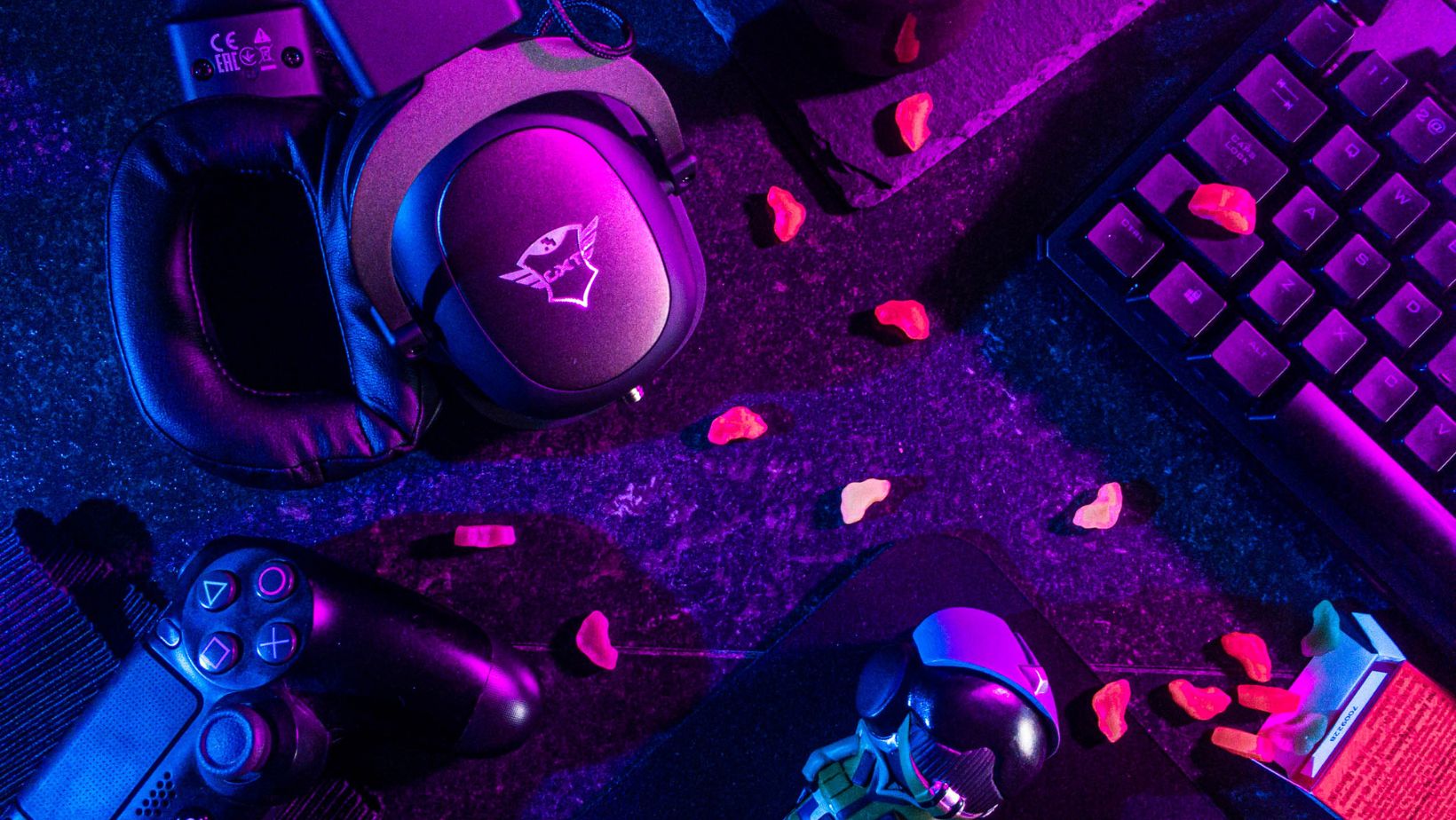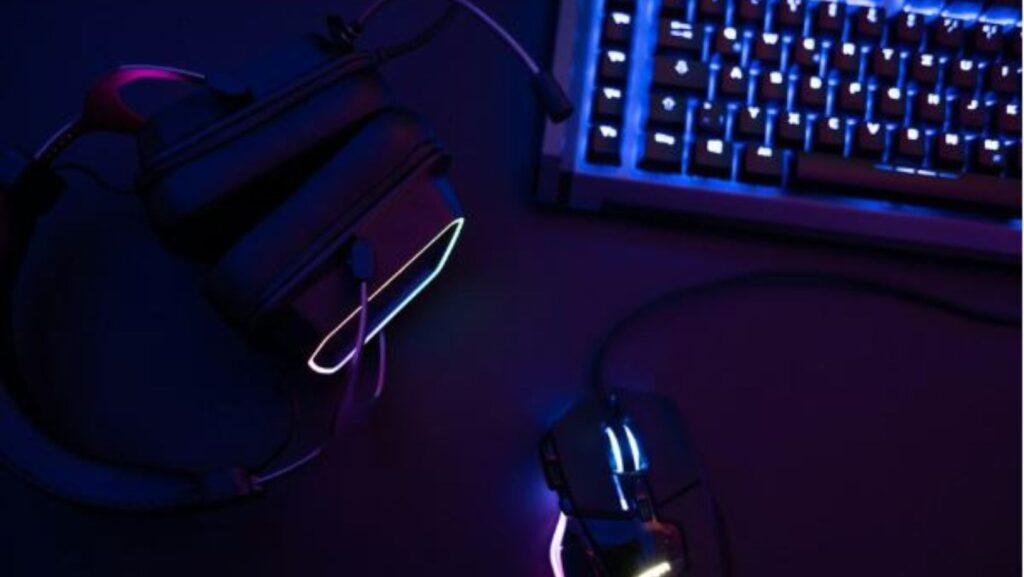Over the past decades, the Counter-Strike franchise has grown into nothing short of an icon. Originating as an obscure Half-Life mod, it’s cemented itself in the halls of gaming history. With the release of Counter-Strike: 2 (CS: 2), the future looks bright for the Valve corporation juggernaut franchise. There’s much to talk about in terms of the history of the franchise, as well as the modern state, esports scene, and how you can engage in it yourself, such as through esports betting. Today we’ll take a look at some fascinating trivia in relation to the Counter-Strike franchise.
The Origins And Evolution Of Counter-Strike
Turning the clock back to 1999, two gamers decide to mod the popular game Half-Life in order to create their own multiplayer PVP shooter. Their names are Minh “Gooseman” Le and Jess Cliffe. Initially, it was a very barebones project, with the first proper gamemode being hostage rescue. The game initially didn’t have a name, and Gooseman proposed the name “Counter-Terrorist forces”, to which Cliffe responded with the thought that the name would be too long. The pair then decided to shorten it to “Counter-Strike”, which ended up sticking and is what the franchise is known as to this day.
Eventually, Valve Corporation (The developer of Half-Life) saw enough potential in this new mod to warrant buying the rights to it outright. Eventually, a deal was struck, and in November of 2000, Valve released Counter-Strike 1.0. By this point, the game was a lot more fleshed out, featuring more polished gameplay and a large variety of maps. Additionally, the defuse gamemode was in the game by this point, and quickly became the most popular way to play the game, and remains that way up to the modern day. It should be mentioned that defuse itself was added by the original duo before Valve bought the franchise. In hindsight, the purchase was a genius move on Valve’s end, sparking a franchise that’s already over 2 decades old and hasn’t shown any signs of stopping.
Of course, over such a long time, the franchise has seen many installments, starting with Counter Strike 1.0. Valve continued to update the original Counter-Strike, getting it up to version 1.6 before ceasing development. Additionally, they released Counter Strike: Condition Zero and Counter-Strike: Source.
Condition Zero served as a revamp of the original game, re-coding all the mechanics in an attempt to create an overall better product. Unfortunately, it was largely considered a flop and sold quite poorly as a result, eventually being swept under the rug. Nowadays, not many people talk about the failed sequel and it’s mostly been forgotten in history. Counter-Strike: Source on the other hand was nothing short of a smash hit. Porting the game to Valve’s at the time brand new Source engine allowed for a much improved experience in both graphics and gameplay. Additionally, the Source engine had much-improved physics over its predecessors, and Valve decided to take advantage of this fact by sprinkling props all over the included maps. You could easily move these props around and manipulate them in ways that previous game engines couldn’t match, though this was seen as somewhat of a gimmick and much of the physics interactibility has been removed from newer installments to the franchise in the name of competitive fairness.
Regardless, many chose to stick to the original Counter-Strike (by now nicknamed CS: 1.6 due to 1.6 being the last update for the original game) and the community was largely divided between CS: 1.6 and CS: Source throughout the late 2000s and early 2010s. This era of Counter-Strike saw the beginnings of modern CS esports, originally being nothing more than spiced-up LAN parties hosted at convention centers. Additionally, the first proper teams formed during this team, the most popular and successful of which being SK Gaming (Mostly successful in the scene throughout the early 2000s) and The Golden Five. The latter team completely dominated CS esports throughout the 2000s and early 2010s, consisting of an exclusively Polish roster. Quite a few of the former Golden Five members eventually found jobs as coaches to more modern teams like G2 Esports, FaZe Clan, and ENCE (formerly ENCE eSports).
The split factions of CS: 1.6 and CS: Source would be brought together in 2012 with the announcement and release of Counter-Strike: Global Offensive (CS:GO). While the game was far from perfect at release, it brought the community together under one game and one identity, which additionally helped the esports scene consolidate as well. Having only one game brought together resources to host bigger and better tournaments with bigger prize pools. Being one of the earliest esports to break into the mainstream, CS:GO attracted many ways for audiences to watch and interact with the major tournaments, and CS GO betting became popular, both within the game itself (using Valve’s Pick’Em Challenges) and outside of the game using popular online services such as Stake.com.
Counter-Strike: Global Offensive featured an outstanding 11-year run as the primary way to play Counter-Strike, with many making their careers off playing the game, as well as streaming and/or making videos about it. Prominent YouTubers such as Anomaly, TheWarOwl, and 3kliksphilip helped attract many people to the game in the golden age of the internet, further bolstering its popularity. Of course, the game wasn’t perfect, sometimes suffering immensely from cheaters/hackers, as well as Valve at times goofing up their own development of the game (Does anyone remember when the R8 Revolver was added?). Overall however, the game only got better as time went on, and by the time it was on its way out in 2023, it was regarded as one of the best games on Steam, being incredibly smooth, polished, and optimized.

Over the years of CS:GOs existence, some tried to create competitors, most notably Riot Games with their 2021 release of Valorant, which took huge inspiration from Counter-Strike while adding enough to make it its own unique experience that simply existed in the same genre. However, while Valorant proved successful, it never came close to surpassing Counter-Strike and has been on the decline in popularity since the COVID-19 pandemic fizzled out. One of the major factors as to why CS:GO remained so dominant in the space would be the Source engine it ran on. Source had a unique way of handling physics which gave it quirks that ultimately resulted in unique yet iconic gamemodes such as surf, which experienced its peak popularity in 2016-2018, though it still retains a sizable and dedicated fanbase. Additionally, bunny hopping (or B-hopping) was a popular movement exploit in CS:Source, but Valve decided that it was too powerful and it was subsequently patched out of CS:GO.
CS: GO also received many major updates, usually in the form of what Valve called “Operations”. Operations were usually large accumulations of new content packed into one update, that also regularly included mini co-op campaigns as well as new changes, fixes, weapons, skins, and special operation medals that one could level up and keep on their profile as a sign that they participated in that operation. The last of these was Operation Riptide, taking place in September 2021. It’s believed that after this, Valve shifted focus onto the development of CS:GO’s sequel, which would be released just over two years afterward.
Modern Times And The Release Of Counter-Strike: 2
In 2023, Counter-Strike: 2 (CS: 2) was announced, and slated for a Summer release that same year. While Valve technically did release it in the summer, delivering the game in September of 2023, it was obvious that the game wasn’t in quite the finished state. While players were excited to finally get to play a brand new game in the franchise, it was quickly apparent that the game was what could only be described as half-baked. The game serves as a refresh of CS:GO with brand-new graphics, as well as a port to the Source 2 engine. However, the port to this new engine proved difficult for Valve, and it wasn’t left with as much time as it thought to flesh the game out properly. The gunplay was noticeably worse, and the game was infested with game-breaking bugs, as well as cheaters who rarely got caught. The beta featured bugs such as the temporary return of bunnyhopping, and the full release had many issues with movement and overall playability (Look up “CS Michael Jackson lean” if you want to have a bit of a laugh).
The game was initially heavily negatively criticized by players, including many esports pros. S1mple (often regarded as one of the best CS players ever) was particularly harsh towards the game, at one point temporarily quitting the game entirely. Over the past few years, the game has noticeably improved in pretty much every aspect, however, it still lacks things featured in CS:GO. Some gamemodes and maps are still missing, and there hasn’t been a single operation, even at the time of writing in 2025.
However, popular opinion is slowly shifting to the positive, as Valve continues to work on the game, it remains at the top of concurrent player counts and enjoys millions upon millions of viewers and betters alike at its popular Major tournaments.
The Potential Future Of The Counter-Strike Franchise
Overall, CS:2 seems to be here to stay. Like CS:GO, it will most likely be slowly improved and perfected by its developer, and will remain a mainstay in gaming circles for years to come. Source 2 is an impressive engine, with CS: 2 being the first shooter to ever use it, so growing pains were inevitable. However, as far as game-breaking bugs go, Valve has pretty much patched everything sufficiently, and the game is well-polished (though, not as much as CS:GO at the end of its respective lifetime). Additionally, cheaters, while still posing a threat, have been less of a problem as Valve works hard on its anticheat software VACNET. VACNET takes a unique approach, aiming to be the best possible non-invasive anticheat, meaning that it does not access any external files on your computer, and it means a lot to those concerned about privacy. Additionally, this approach to anticheat software allows easy porting of the game to different operating systems, such as Linux.

With the age of the CS franchise, fans both new and old enjoy booting the game up and trying their hand at some matches every so often. Additionally, the sheer popularity of its esports scene (#2 only to LoL) Sees many fans getting into it and placing their bets on who they think might take it all. Valve has, in hindsight, made a genius move by buying the rights out to Counter-Strike, and has taken a methodical and delicate approach to adding new content in order to not stir the pot too much. This ever-popular series of games would not be possible without good developers and even better fans and many trust the newest installment in the franchise to only continue improving in the coming years.
Faq – Frequently Asked Questions
Q: What is Counter-Strike 2?
A: Counter-Strike 2 (CS2) is the latest installment in the Counter-Strike franchise, released in 2023 as a free upgrade to CS:GO. It features improved graphics, new mechanics, and enhanced gameplay using Valve’s Source 2 engine.
Q: Which team has won the most Major tournaments?
A: Astralis holds the record with four Majors won.
Q: Who is the best Counter-Strike player of all time?
A: Many consider s1mple to be the greatest player due to his dominant showings and numerous MVP titles in his prime. Many new players look promising, but they haven’t had time yet to prove themselves to the degree of being called the best of all time.
Q: What is the most famous map in Counter-Strike?
A: Dust II is considered to be the most iconic and played map in the franchise’s history.
Q: What was the first Major tournament in Counter-Strike?
A: DreamHack Winter 2013 was the first CS:GO Major, won by Fnatic.



